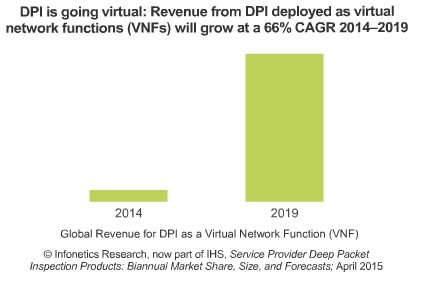 The latest "Kilo" version of OpenStack released last week emphasizes the growing stability of core services, better driver compatibility and an extension of the platform to fit workloads with bare metal and containers.
The latest "Kilo" version of OpenStack released last week emphasizes the growing stability of core services, better driver compatibility and an extension of the platform to fit workloads with bare metal and containers."The ability to scale and operate efficiently is critical when you want to offer large data center footprint via services for mission-critical workloads. OpenStack Kilo delivers a robust set of enhancements and tooling to deploy and operate compute, storage and networking resources at scale. Kilo is the most robust, fully production hardened release of OpenStack, and we’re looking forward to putting it to work," said Subbu Allamaraju, chief engineer, cloud, eBay Inc.
Key New Features in OpenStack Kilo:
- Nova Compute: Kilo offers new API versioning management with v2.1 and microversions to provide reliable, strongly validated API definitions. This makes it easier to write long-lived applications against compute functionality. Major operational improvements include live upgrades when a database schema change is required, in addition to better support for changing the resources of a running VM.
- Swift Object Storage: Erasure coding provides efficient and cost-effective storage, and container-level temporary URLs allow time-limited access to a set of objects in a container. Kilo also offers improvements to global cluster replication, storage policy metrics and full Chinese translation.
- Cinder Block Storage: Major updates to testing and validation requirements for backend storage systems across 70 options ensures consistency across storage choices as well as continuous testing of functionality for all included drivers. Also, users can now attach a volume to multiple compute instances to enable new high-availability and migration use cases.
- Neutron Networking: The load-balancing-as-a-service API is now in its second version. Additional features support NFV, such as port security for OpenVSwitch, VLAN transparency and MTU API extensions. Additional architectural updates improve scale for future releases.
- Ironic Bare-Metal Provisioning: Kilo sees the first full release of the Ironic bare-metal provisioning project with support for existing VM workloads and adoption of emerging technologies like Linux containers, platform-as-a-service and NFV. Users can place workloads in the best environment for their performance requirements. Ironic is already used in production environments including Rackspace OnMetal.
- Keystone Identity Service: Identity federation enhancements work across public and private clouds to support hybrid workloads in multi-cloud environments.
- For technical details or more information on specific project updates, see the complete Kilo release notes. Top contributing companies to the Kilo release include Red Hat, HP, IBM, Mirantis, Rackspace, OpenStack Foundation, Yahoo!, NEC, Huawei and SUSE.
https://www.openstack.org/news/view/43/openstack%C2%AE-kilo-release-balances-stable-core-with-support-for-innovative-services

















